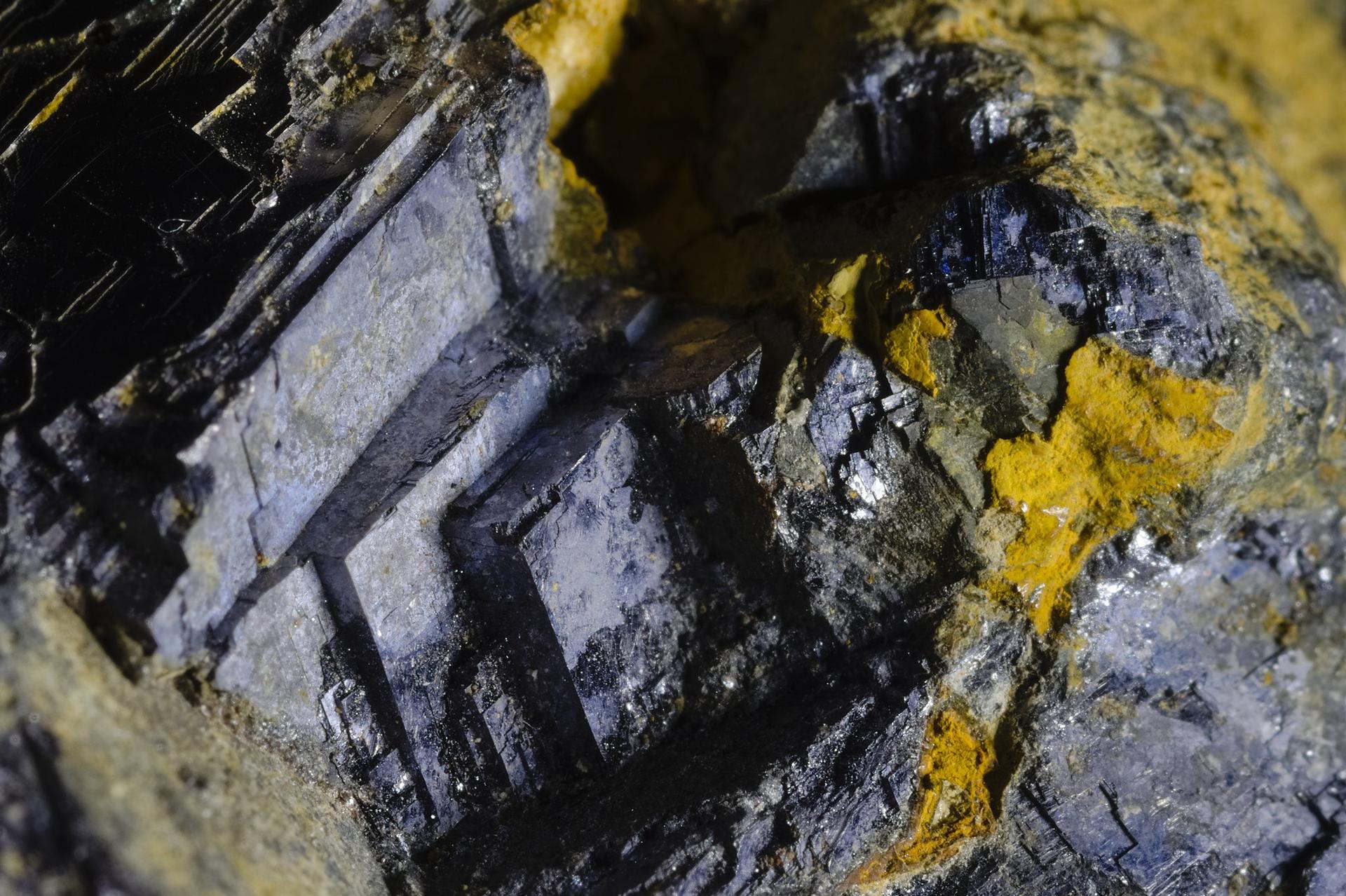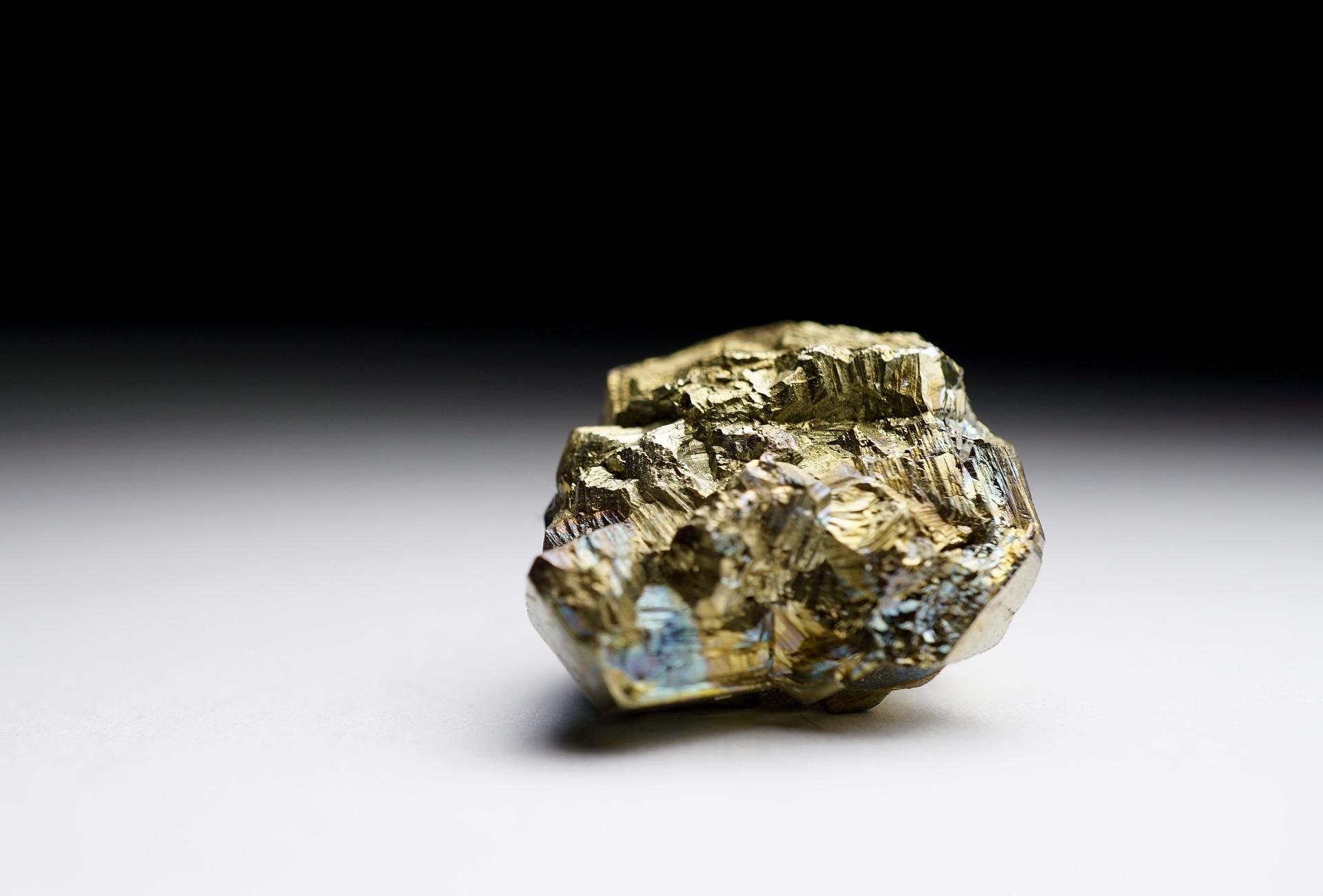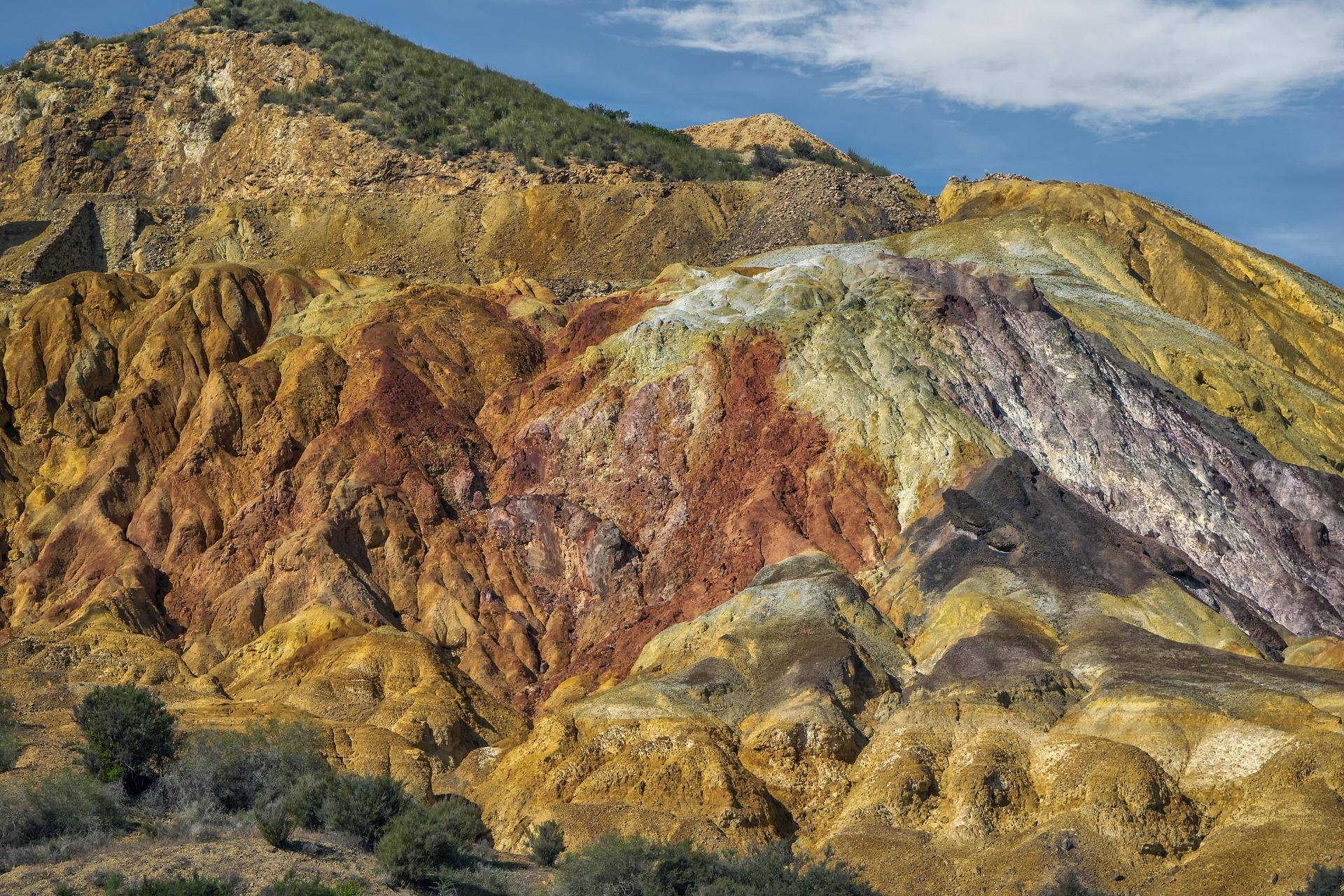For over two centuries, scientists were baffled by the formation of dolomite. Although this mineral is abundant in ancient rock records, researchers couldn’t replicate its natural formation under laboratory conditions. This conundrum, known as the “Dolomite Problem,” left geologists puzzled.
Dolomite rock formations are widely found in the Earth’s crust, but their origins were long a mystery.
A Bacterial Breakthrough

Recent studies have provided the answer: bacteria play a crucial role in dolomite’s formation. Under specific conditions, these microorganisms facilitate the mineral’s crystallization process, particularly in environments low in oxygen, such as lagoons and other marine settings.
Microscopic bacteria found in marine environments are key to the formation of dolomite.
The Microbial Process Explained

Bacteria create tiny pockets where calcium carbonate, a key component of dolomite, combines with magnesium. This reaction, which occurs at the cellular level, is what leads to the formation of the mineral, solving the centuries-old mystery.
Chemical reactions within bacteria cells drive the process of dolomite formation.
A New Tool for Understanding Earth’s Past

The newfound understanding of dolomite’s formation helps scientists interpret ancient geological records more accurately. Dolomite deposits can reveal critical information about historical sea levels, climate conditions, and even the chemistry of ancient oceans.
Geologists use dolomite formations to study changes in ancient environments, helping to reconstruct Earth’s past.
Dolomite’s Industrial Significance

Dolomite isn’t just a scientific curiosity, it’s a valuable resource. This mineral is used in construction, agriculture, and even in producing glass and ceramics. The discovery of its formation process could lead to more efficient and sustainable extraction methods.
Dolomite is a critical material in construction and various industries.
Improving Agricultural Practices

In agriculture, dolomite is used to neutralize acidic soils, which is vital for growing healthy crops. With a deeper understanding of its formation, farmers could potentially enhance soil treatments, benefiting the agricultural sector.
Dolomite’s use in agriculture helps improve soil conditions, boosting crop yields.
Environmental Implications of the Discovery

Understanding the natural formation of dolomite could help industries move toward more environmentally friendly practices. By replicating the conditions under which bacteria form dolomite, industries can develop more sustainable production methods that reduce environmental impact.
Adopting sustainable practices in dolomite extraction can lessen the environmental impact.
Potential Beyond Dolomite

This discovery could lead to breakthroughs in understanding the formation of other minerals. Since bacteria are integral to dolomite crystallization, scientists are now exploring their role in forming various other geological materials.
Bacteria’s role in mineral formation might extend beyond dolomite, opening new avenues for geological research.
The Future of Geology

The resolution of the “Dolomite Problem” marks a new chapter in geological research. This breakthrough could lead to deeper explorations of mineral formation processes and help scientists uncover other long-standing geological mysteries.
Geologists are excited to explore the new possibilities opened up by this discovery.
A Gateway to New Discoveries

With this puzzle finally solved, the door is open to a new era of geological discoveries. Scientists can now build on this understanding to explore how similar processes may influence the formation of other minerals, pushing the boundaries of what we know about our planet.
The resolution of the dolomite mystery paves the way for future geological discoveries.

